??How Community-Based Public Space Can Build Civic Trust: Lessons from Akron
NonProfit Quarterly
OCTOBER 24, 2023
In the 1960s, the construction of interstate highway I-76 and state Route 59 disconnected Summit Lake from the rest of Akron. Ongoing neglect and isolation led to entrenched, concentrated poverty and a growing distrust of civic leaders. The city’s Black business district was devastated.


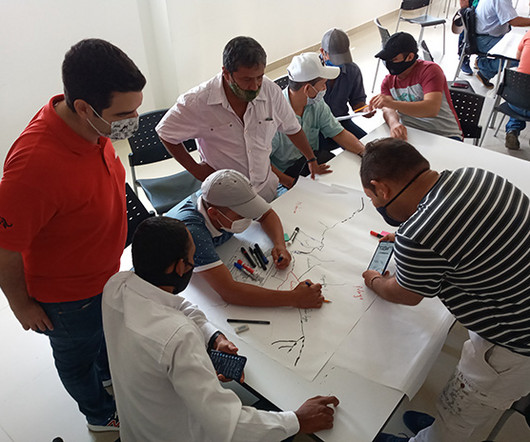
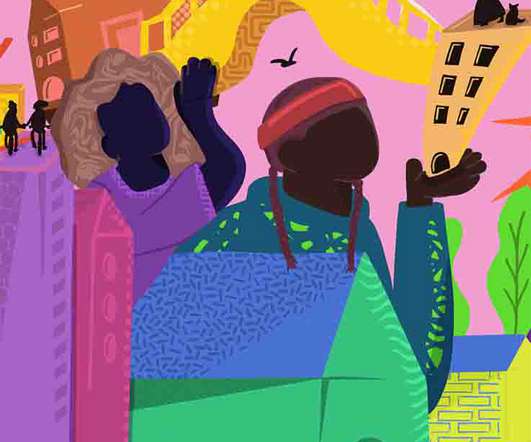
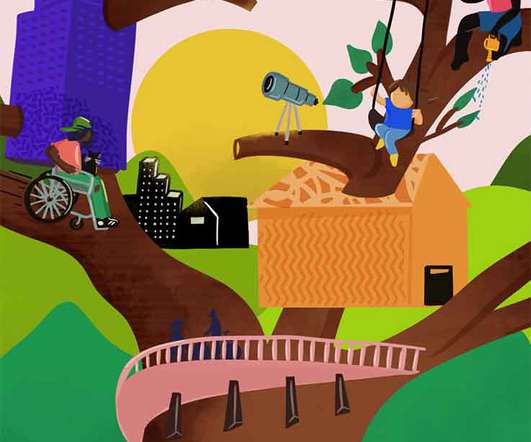


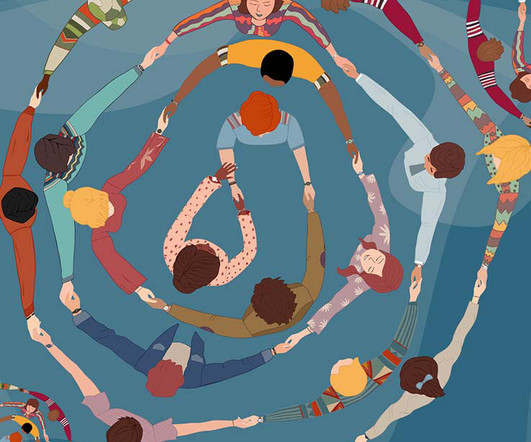



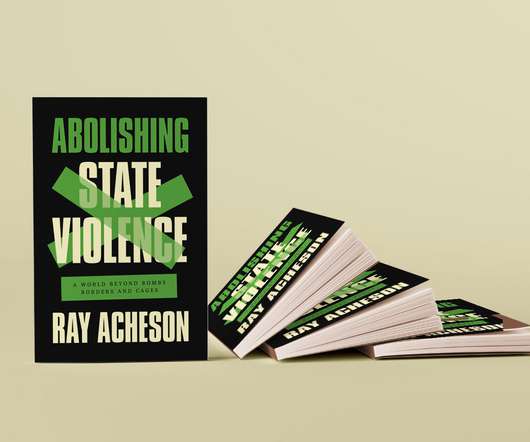






Let's personalize your content